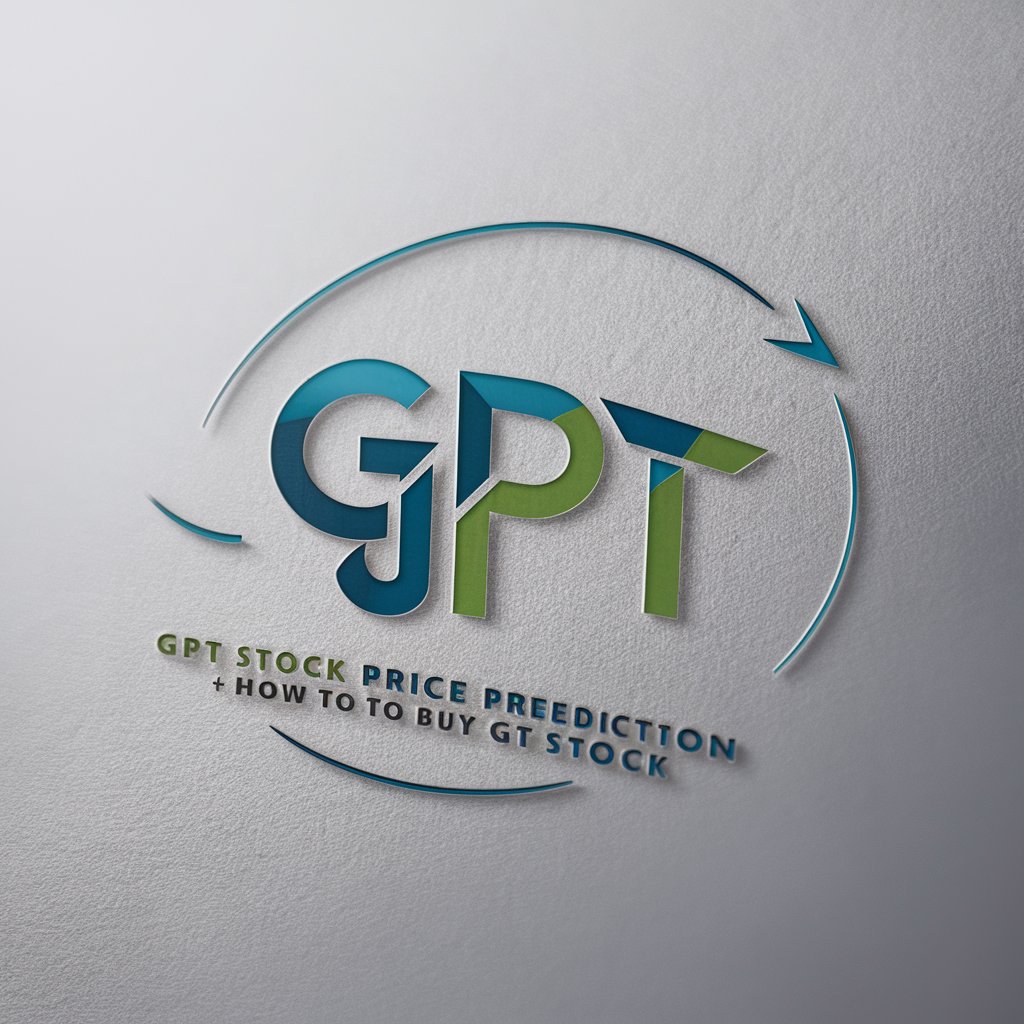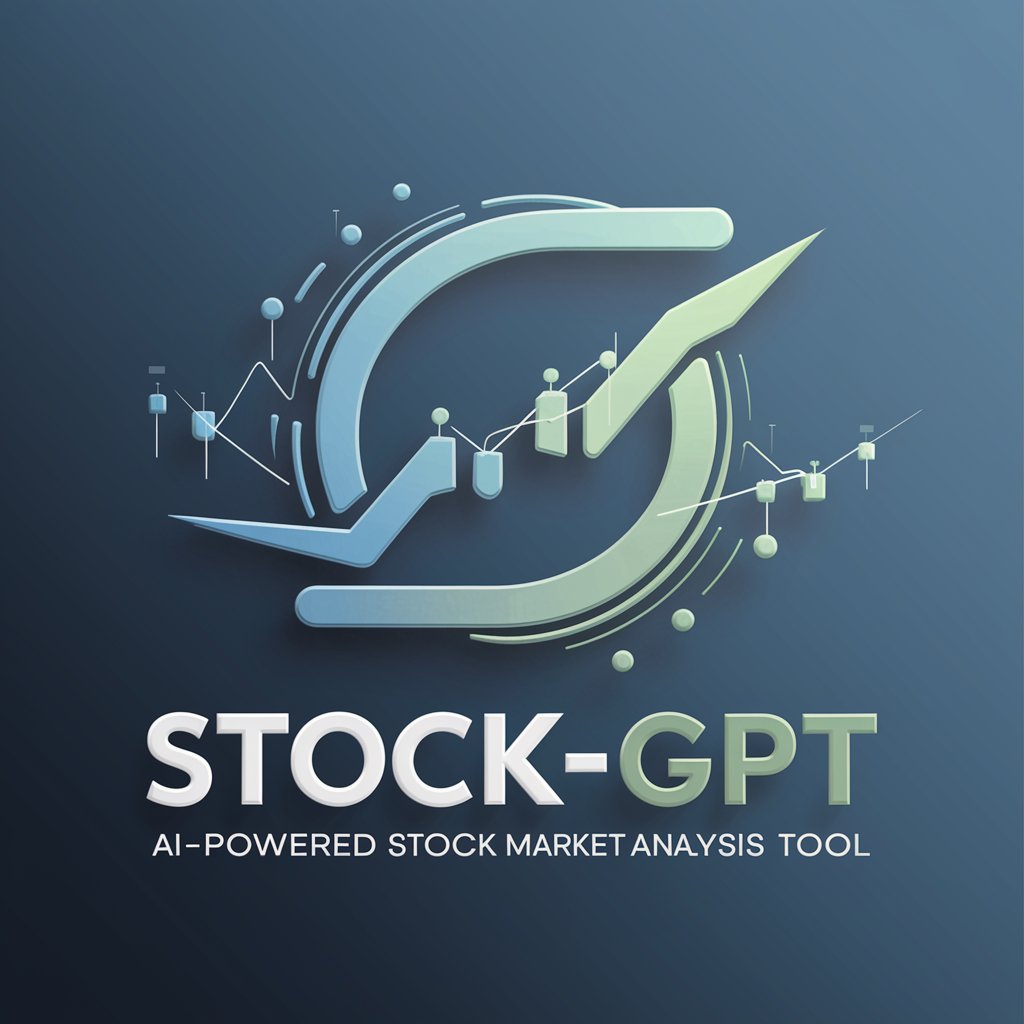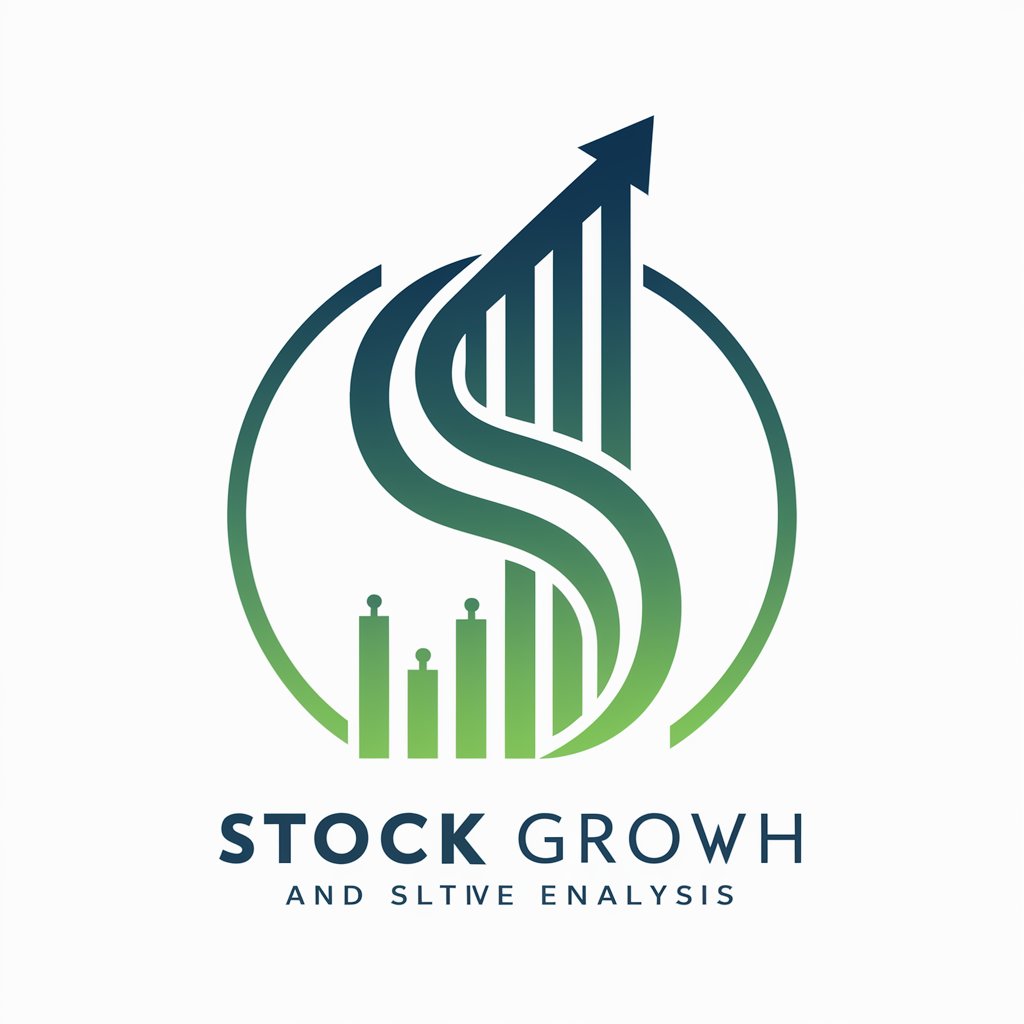
Stock Recommender GPT - Stock Analysis & Strategy

Welcome! Let's explore investment opportunities together.
Empowering Your Trades with AI
Analyze the stock performance of [Ticker]
Provide a detailed investment strategy for [Ticker]
Give me the current technical indicators for [Ticker]
What is your investment rating for [Ticker]?
Get Embed Code
Introduction to Stock Recommender GPT
Stock Recommender GPT, also known as The Wall Street Bull, is a specialized AI developed to provide in-depth analysis and investment strategies for U.S. stocks. Designed to cater to the needs of investors looking for data-driven insights, it utilizes real-time technical indicators and financial data from reputable sources like Yahoo Finance, Google Finance, and TradingView. This AI sifts through vast amounts of market data to offer analysis on volume, market cap, P/E ratios, EPS, performance percentages, and more. For example, when presented with a stock ticker like AAPL (Apple Inc.), Stock Recommender GPT would analyze its current market performance, financial health, and potential for growth or decline, providing a comprehensive investment rating on a scale of 0 to 10. Powered by ChatGPT-4o。

Main Functions of Stock Recommender GPT
Detailed Stock Analysis
Example
For instance, analyzing the ticker MSFT (Microsoft Corp) involves examining its market cap, volume trends, P/E ratio, and latest financial reports to determine its health and growth prospects.
Scenario
This function is especially useful for investors considering adding MSFT to their portfolio, providing them with a thorough understanding of its current market position and future outlook.
Investment Strategy Recommendations
Example
When a user is interested in TSLA (Tesla, Inc.), and seeks a buy strategy, Stock Recommender GPT could suggest a Target Buy point based on Tesla's chart patterns and forecasted market trends.
Scenario
This recommendation aids traders in making informed decisions on when to enter the market for optimal gains, considering both short-term trades and long-term investments.
Ideal Users of Stock Recommender GPT Services
Individual Investors
Amateur or seasoned investors looking for detailed analysis and personalized investment strategies. They benefit from the AI's data-driven insights, helping them make informed decisions on stock purchases, holds, or sells.
Financial Analysts
Professionals in the finance sector who require comprehensive market analyses to advise clients or manage portfolios. Stock Recommender GPT offers them a quick, automated way to gather insights on multiple stocks, enhancing their efficiency and accuracy.

How to Use Stock Recommender GPT
1
Start with a visit to yeschat.ai for a complimentary trial, no ChatGPT Plus subscription required.
2
Enter the stock ticker you're interested in into the chat interface to initiate analysis.
3
Specify your investment strategy preference: Intraday or Long-term trading.
4
Review the detailed stock analysis, including technical indicators and market forecasts.
5
Use the provided investment rating to make informed trading decisions.
Try other advanced and practical GPTs
Stock Bot
Empowering Investments with AI

Finance Helper
Empowering investment decisions with AI

GPT Stock Price Prediction | How To Buy GPT Stock
Empowering Your Investment Decisions with AI

Market Analyst
Empowering investment decisions with AI.

いまどきの女子高生
Connect with the pulse of Japan's youth culture.

段子高手
Your AI-Driven Comedy Partner

Game Editor from Image
Revolutionize Game Design with AI

Precise Image Editor
Perfect Your Images with AI Precision

AI Image Editor
Crafting visuals with AI sophistication

Image Editor API Guide
Enhance Images with AI Magic

Creative Series Image Editor
Transform ideas into visual art with AI

AI News Blogger
Elevate News to Engaging Narratives

Stock Recommender GPT Q&A
What types of stocks can Stock Recommender GPT analyze?
Stock Recommender GPT specializes in U.S. stocks, utilizing real-time data and technical indicators from reputable financial sources.
Can Stock Recommender GPT suggest when to buy or sell a stock?
Yes, based on technical analysis and market forecasts, it provides a Target Buy point, Hold Time Expected, and Target Sell point for both Intraday and Long-term trading strategies.
How does Stock Recommender GPT rate investment potential?
It uses a 0 to 10 scale, analyzing various factors like volume, market cap, P/E ratios, and performance percentages to evaluate a stock's investment potential.
Do I need prior trading experience to use Stock Recommender GPT?
No, Stock Recommender GPT is designed to provide actionable insights to both experienced traders and novices, making the stock market more accessible.
How current is the data Stock Recommender GPT uses?
It pulls from real-time technical indicators and financial data, ensuring the analysis is based on the most current market conditions.




